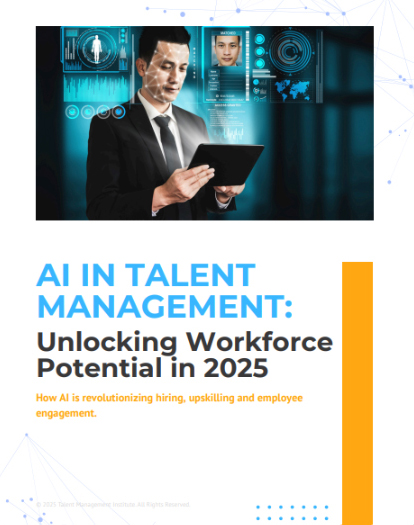
An educational hybrid of Instagram and Twitter, microlearning has gained tremendous traction in the last two years. This boom can be attributed to its prime users i.e. millennials. By 2025, 75% of the global workforce will be comprised of millennials. The average attention span has shrunk to 90 seconds and learners now prefer customized, informal and on-demand lessons. Which is why microlearning meets the need fabulously.
Two distinctions root microlearning better than other forms of training:
And that’s just the super crust of it, the fabulous toppings of these super-engaging nuggets include:
Microlearning content is also customizable, personalized, easily updated, re-deployable, sharable and has defined outcomes.
Though most of its usage has emerged in soft skills / behavioral change, safety compliance and enhancement of professional skills lessons, microlearning can be comfortably used for technical learning as well.
Videos and image formats have gained farther reach and popularity than text-based and other forms of content. 70% of millennials watch YouTube monthly. Sumo Me, in its study of 650,000 online users, said in contrast, only 20% of users read articles.
Videos: Videos serve best for service and product demos.
Example: Angry Birds games tutorial https://www.youtube.com/watch?v=DypnVC3qvCc
Text-based and Image-based content: These are best used for performance support or job aids learning.
Example: https://www.youtube.com/watch?v=Z_qr1uJuM64 or
https://www.youtube.com/watch?v=IbIyRwbn6lo
Short audios: Audio-based content is suitable for learning while driving or while relaxing.
Example: https://www.youtube.com/watch?v=QIneSsndae8
Quizzes and tests: Best used for reinforcing learned concepts.
Example: https://www.youtube.com/watch?v=kQVNZsr6Pig
Games: Games give better engagement, concept retention and learning of complex concepts.
Example: https://www.youtube.com/watch?v=FFf0ZD6wAf4
Walmart extensively used gamification of content across its 150+ distribution centers and 75,000+employees to create safety culture awareness. The workers were encouraged to play a safety game and answer specific safety questions. The game was extensively accepted by employees and resulted in decreased risks, accidents, injuries and associated costs: 91% engagement, a 54% drop in safety incidents, 15% boost in employee knowledge of safety measures to be precise.
Bloomingdale’s safety training replicated the same model to train its 10,000 employees in 12 states. It resulted in a 90% participation rate, an 86.6% increase in job confidence, a 41% drop in safety claims saving Bloomingdale’s USD 10 million.
InterContinental Hotels Group (IHG) used microlearning to manage complex customer service requests in its 5,000+ hotels worldwide. Within 2 days of launch, IHG workers accessed more than 5,500 lessons. Onboarding time slumped from five weeks to two weeks.
Asurint which employs a large number of millennials used microlearning to engage employees at various stages of employment. Its onboarding, professional development and training solutions resulted in trimming the training time from 6-8 weeks to 4 weeks. Retention in its sales team spiked by 100%. 25% of these trainings were opted voluntarily by the employees.
NextWorth and Berkshire Hathaway Media Group (BH Media) used microlearning to improve their content.
If you want to keep your employees engaged, then give them what they want but serve it in a way that it is aligned with the organization’s interest, too.
Before moving ahead with your microlearning expedition ask these questions:
Employee learning styles have been changing. Ebbinghaus Forgetting Curve hypothesis shows that we forget 80% of the learned concepts if we don’t revise and apply them in 30 days’ time. Aside from new bites of latest content, microlearning can serve as an excellent reminder or booster for long trainings. However, be careful of excessive reliance as it may give learners an impression that they may be missing the big picture. For best results, club microlearning with your regular trainings.
Discover how AI is reshaping talent management with key insights on:


CredBadge™ is a proprietary, secure, digital badging platform that provides for seamless authentication and verification of credentials across digital media worldwide.
CredBadge™ powered credentials ensure that professionals can showcase and verify their qualifications and credentials across all digital platforms, and at any time, across the planet.

Please enter the License Number/Unique Credential Code of the certificant. Results will be displayed if the person holds an active credential from TMI.